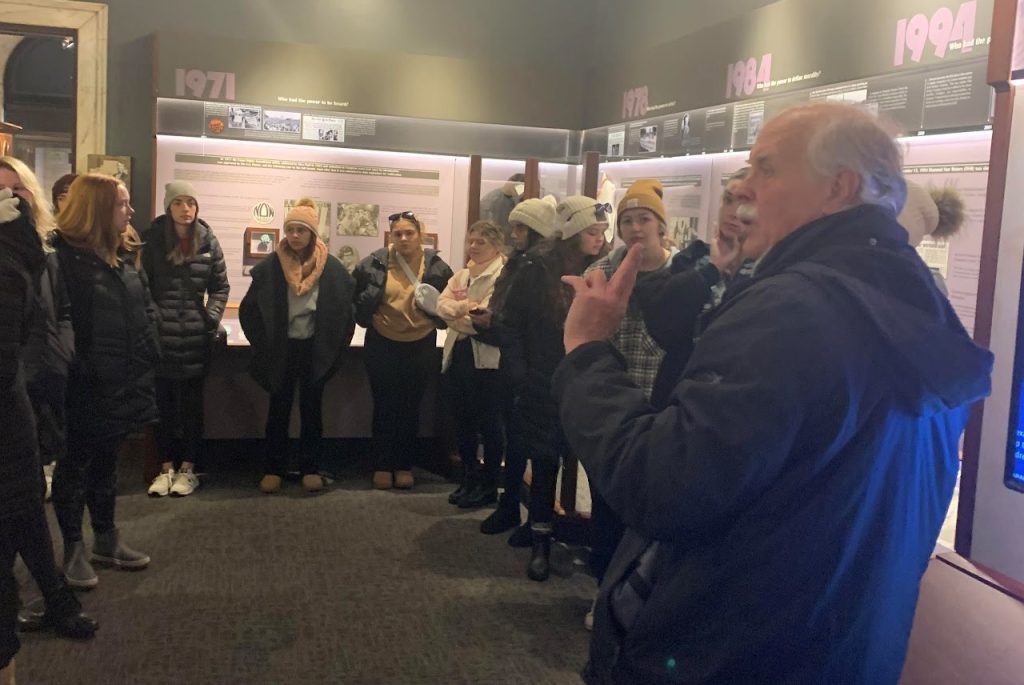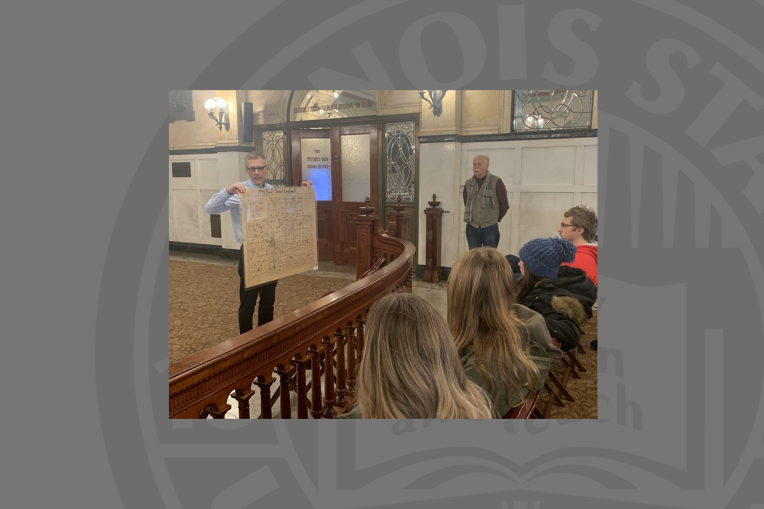“Fundamentally as an educator, I have an interest in helping to mold the future society so that it is a place where everyone feels valued and safe,” said Suzi Hesser. “Those are foundational concepts of social justice. We as educators have the opportunity to make it better in the future through incorporating concepts of social justice in the classroom and developing empathy in elementary students.”
Hesser, assistant clinical professor in the School of Teaching and Learning, teaches a social studies methods course that focuses on social justice. This past fall, her students spent the semester creating an inquiry-based unit of instruction and explored multiple disciplinary sources.
“One of the things about teaching social studies is to encourage students to become civic-minded, and part of that is understanding social justice,” Hesser said. “We can approach incorporating social justice into our teaching in a way that is impactful for students and their families.”
Hesser is a National Board-Certified teacher who spent over 25 years in schools both as a teacher and an administrator. She is now enjoying connecting with teacher candidates and helping them develop into excellent teachers.
The classes visited the McLean County History Museum which extended the power of community resources as an opportunity to create engagement with social justice. This tour also helped students to engage, be active, and promote critical thinking while studying this content in the classroom.
“When teaching about social movements, it is important to ground them locally to show that social change movements happened in many communities and addressed specific issues; otherwise, students can feel inspired but also distant,” said Mike Matejka ‘74, a McLean County Museum of History board member. “Working with ISU students is always a delight because their eagerness to connect and explore is inspiring.”

Additionally, the class read Black Ants and Buddhists: Thinking Critically and Teaching Differently in the Primary Grades, a book that reminds readers that educators provide more than test preparation and stresses the importance of teaching social justice in an elementary classroom. After reading the book, the author Mary Cowhey Zoomed in to talk with the class about the book.
“It was so interesting to see a deep culture and the history that we have locally,” said Faith Haley, a student who participated in both the Zoom book conversation and the Social Justice Walk. “Being able to relate that to where we are living now was really inspiring.”
The semester ended with the creation of units of instruction that foster the habit of inquiry to be an active and engaged citizen and to teach kids to think critically and question things. Hesser and her students sent these units to C3 Framework to share with other teachers, which makes the students’ first contribution as educators one of helping others incorporate social justice into their classrooms.
“Implementing social justice in education is the way to make a better future in which developing empathy, independence, and critical thinking help to decrease social justice incidents, forming a place in which empathy and respect are at the center of society,” Hesser said.

